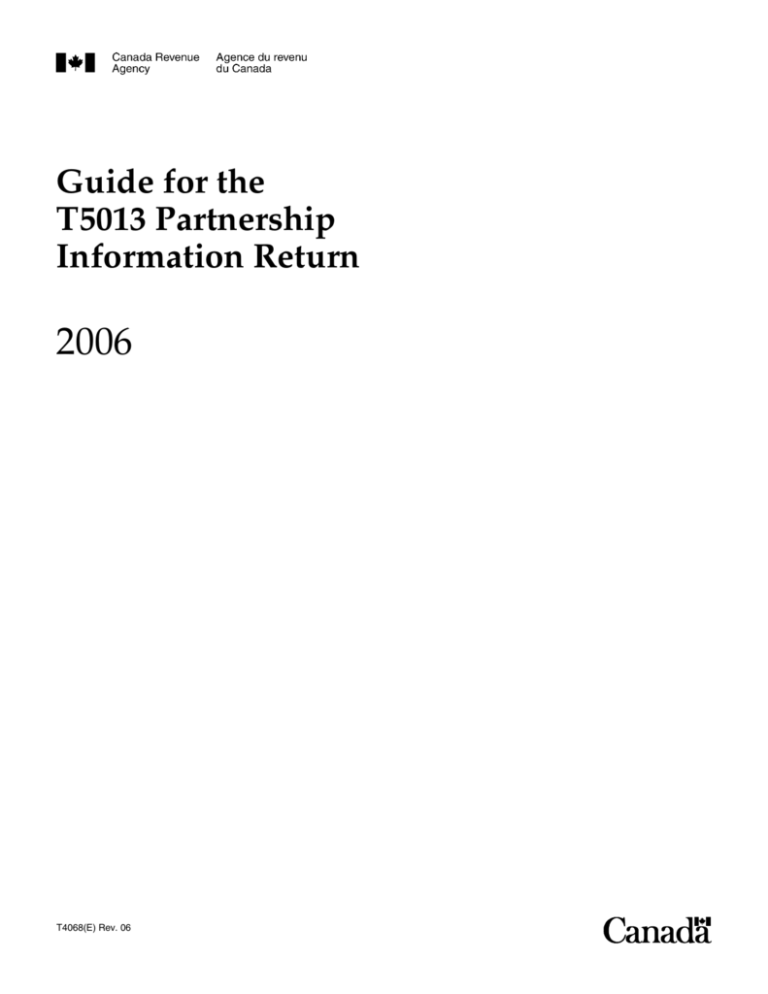

A transitional rule for the 1998, 19 tax years allowed same-sex couples to elect to be treated as common-law partners under the Act for those years. Effective in 2001, the extended meaning of spouse in subsection 252(4) has been replaced with the term common-law partner in subsection 248(1) which can now also include a person of the same sex. For the 1993 to 2000 tax years, former subsection 252(4) extended the meaning of the term spouse to include a common-law spouse of the opposite sex. The principal residence exemption is claimed under paragraph 40(2)(b), or under paragraph 40(2)(c) where land used in a farming business carried on by the taxpayer includes his or her principal residence.Ģ.3 Unless otherwise stated, any reference in this chapter to a tax year or year means a particular tax year for which the principal residence exemption is being claimed.Ģ.4 Various references are made throughout this chapter to a taxpayer’s spouse or common-law partner and child. The term principal residence is defined in section 54. For example, a resident of Canada who owns only one housing unit which is situated in Canada on land of one-half hectare or less and which has been used since its acquisition strictly as his or her residence, will usually find that ¶ 2.32 to 2.78 have no particular relevance.Ģ.2 If a property qualifies as a taxpayer’s principal residence, he or she can use the principal residence exemption to reduce or eliminate any capital gain otherwise occurring, for income tax purposes, on the disposition (or deemed disposition) of the property. It should be noted that some of these topics are not relevant for all taxpayers. Acquisition of a property by way of gift or inheritanceĢ.1 Various topics concerning the principal residence exemption are discussed in this Chapter.Ownership issues with condominium units.Interest or right in a property under an enforceable agreement for sale.Share in the capital stock of a co-operative housing corporation.Ownership issues in the province of Quebec.Section 116 certificate for a disposition of a principal residence in Canada by a non-resident owner.Non-resident owner of a principal residence in Canada.Change in use rules regarding CCA, deemed capital cost, and recapture.Complete change in use of a property from income-producing to principal residence.Complete change in use of a property from principal residence to income-producing.Principal residence on land used in a farming business.Disposition of a property where only part of it qualifies as a principal residence.Disposition of part of a principal residence.Land contributing to the use and enjoyment of the housing unit as a residence.Construction of a housing unit on vacant land.Ownership of a property by both spouses or common-law partners.Calculating the gain on the disposition of a principal residence – the principal residence exemption.

Designation of a property as a principal residence.Types of property that can qualify as a principal residence.When the sale of a property results in business income.


 0 kommentar(er)
0 kommentar(er)
